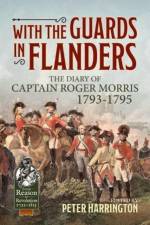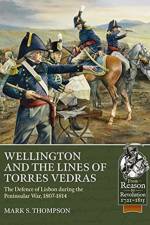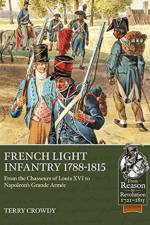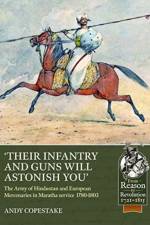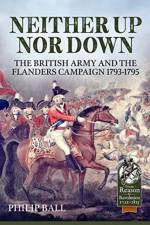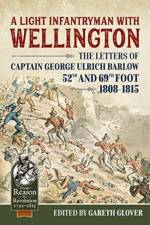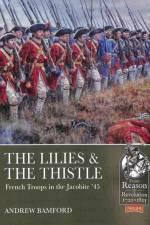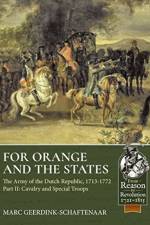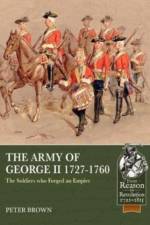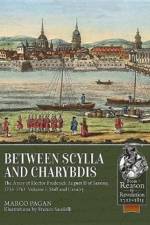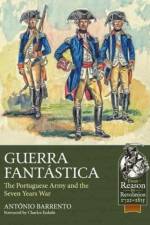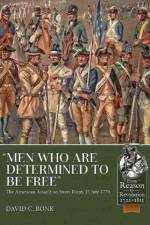av Nicholas James Kaizer
371
"[O]f primary interest to readers of naval history, readers seeking information on less-covered aspects will enjoy these informative and interesting contributions." - Pirates and PrivateersContaining the proceedings of Helion & Company's inaugural 2022 Naval History Conference, this volume includes chapters from scholars experienced and young, and from across the world, on various aspects of the naval history of the Age of Reason and Revolution.This work contains its fair share of high seas action and naval operations, representing British, Spanish, French, and Italian perspectives: Mauro Difranceso explores the operations and effectiveness of the Venetian Armata grossa during the Second Morean War, and Albert Parker explores first how Spain utilized seapower during the 1730s-1740s, and then second assesses the French and Spanish Bourbon operations to supply and support the 1745 Jacobite Rising. Olivier Aranda pitches in to assess the success of the French navy's flying squadrons of the early 1790s, long neglected by French and English-language historiography.A particular focus is on naval operations in North American waters, and on the wider significance of those operations. R.N.W. Thomas provides an analysis of the North American Station in the 1760s/1770s, exploring how the navy was maintained and how it was utilized to enforce imperial policies in the pre-American Revolutionary period. Thomas Golding-Lee then examines the 'Nile that wasn't' and the French missed opportunity at the Battle of St Lucia (1778), and Nicholas James Kaizer highlights the historical lessons learned from three single ship actions of the War of 1812 where the Royal Navy displayed an appalling lack of leadership and skill in action, including a challenge to preeminent narratives of the Royal Navy in that conflict.Of course, naval administration, recruitment, and other aspects of manpower are well served. On the strategic level, Paul Leyland assesses the role played by Antwerp in British and French naval strategies and wider foreign policy. Andrew Young then examines the herculean role played by Anson as First Lord of the Admiralty in building up of the Royal Navy's administrative capacity. Joseph Krulder examines the state of affairs in 1754-1755, at the start of the Seven Years War, demonstrating that this process was far from complete by this stage, all while placing this period into its proper social context. And Andrew Johnston explores the changing trends in naval law through courts martial held from 1812-1818, demonstrating the navy rapidly moving away from 'rum, buggery, and the lash.'Next, three chapters address topics related to the social/cultural history of the Royal Navy: Jim Tildesley examines the career of Consul John Mitchell and his contributions to manning the fleet and supplying intelligence. Andrew Lyter explores the careers of black pilots serving with HMS Poictiers, long forgotten by history, and how they leveraged their vital knowledge to carve out identities as free maritime professionals. Finally, Callum Easton examines the careers and demographics of the Greenwich pensioners, veterans of the French Revolutionary and Napoleonic Wars, and provides a fascinating picture of how society's views and stereotypes of these Jack Tars changed in the decades following the long eighteenth century.


